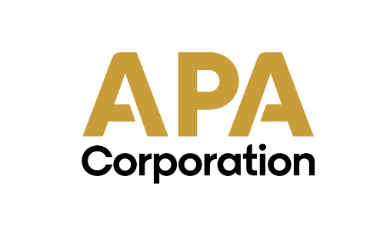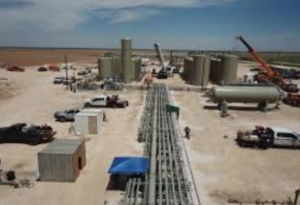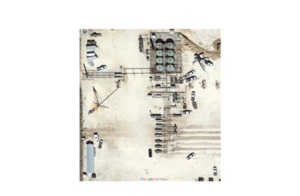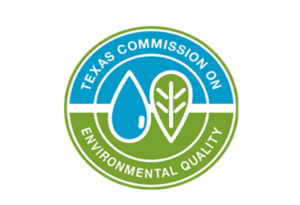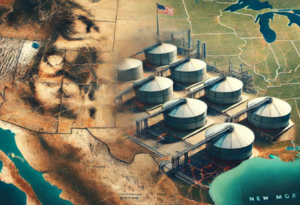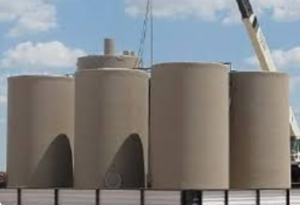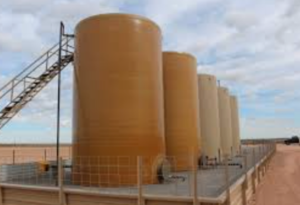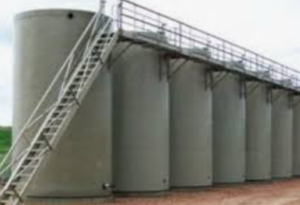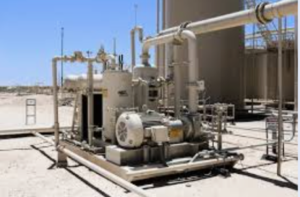In the APA 2024 Sustainability Report, APA Corporation outlines comprehensive measures for spill prevention and management, emphasizing their commitment to minimizing environmental impacts. The report details proactive strategies, including the use of primary and secondary containment systems, rigorous employee and contractor training programs, and advanced spill response protocols. These efforts ensure robust spill risk management and underscore APA’s dedication to environmental stewardship and sustainable operational practices.
Summary of Primary and Secondary Containment Systems in APA 2024 Sustainability Report
- Spill Prevention:
- Activities are designed to minimize spill risk and impact.
- Use of primary and secondary containment systems during construction, including impermeable membranes of at least 30-millimeter thickness under relevant equipment when installing new or modified facilities(APA-2024SustainabilityR…).
- Produced Water Storage:
- Treated recycled produced water is stored in engineered, double-lined impoundments equipped with leak detection technology or in tanks that are routinely inspected and monitored.
- Secondary containment systems and detailed, location-specific spill prevention countermeasures and control plans are in place to mitigate risks in case of primary containment loss
Summary of Spill Risk Management in APA 2024 Sustainability Report
- Spill Prevention:
- Activities are planned and designed to minimize the risk of spills and reduce their impact if they occur.
- During construction, adherence to well and pipeline integrity standards and assessment of equipment condition according to industry best practices.
- Use of primary and secondary containment systems, including impermeable membranes under equipment on new or modified U.S. onshore facilities(APA-2024SustainabilityR…).
- Produced Water Management:
- Priority is given to transporting produced water in pipelines rather than trucks to mitigate spill risks during loading/unloading activities.
- Tailored produced water management and spill avoidance practices according to local operational circumstances to reduce potential impact on surface water(APA-2024SustainabilityR…).
- Employee and Contractor Training:
- Employees are trained to identify and mitigate spill-related risks as part of their regular duties.
- Contractors are required to complete training programs on proper waste handling, disposal, and spill response(APA-2024SustainabilityR…).
- Spill Response Protocol:
- Trained personnel actively monitor operations to detect spills and respond promptly.
- Commitment to restoring affected areas according to cleanup requirements.
- Continuous monitoring of production operations at over 300 facilities through automated on-site systems and remote monitoring centers staffed 24/7(APA-2024SustainabilityR…).
- Offshore Spill Preparedness:
- Memberships with subsea intervention organizations for comprehensive emergency response services.
- Collaborations with organizations like Clean Gulf Associates and Oil Spill Response Limited for global access to capping stacks and emergency response capabilities(APA-2024SustainabilityR…).
- Spill Reporting:
- Regulatory reporting of spills is included in the response protocol.
- Regular reviews and updates to the overall risk management program are conducted, including aspects related to spill prevention and response
Role of tank bases play in secondary containment systems
Tank bases play a crucial role in secondary containment systems to minimize the risk of spills in the oil and gas industry. Here’s how they contribute to spill reduction:
1. Structural Support
- Foundation Stability: Tank bases provide a stable foundation for storage tanks, ensuring they are securely anchored and less likely to shift or settle unevenly, which can lead to leaks.
- Load Distribution: They distribute the load of the tank evenly across the ground, preventing stress points that could cause structural failure and potential spills.
2. Spill Containment
- Integrated Containment: Some tank bases are designed with integrated containment features that capture and direct small leaks or drips into designated containment areas.
- Elevation and Barriers: Elevated tank bases can help by creating a physical barrier that contains spills within a localized area, preventing the spread of hazardous materials.
3. Compliance and Safety
- Regulatory Compliance: Properly designed and maintained tank bases help facilities comply with environmental regulations and industry standards related to spill prevention and containment.
- Safety Enhancement: By providing a secure and stable platform for storage tanks, tank bases reduce the risk of accidents and improve overall site safety.
5. Maintenance and Inspection
- Ease of Access: Tank bases facilitate easier access for routine inspections and maintenance, ensuring that any potential issues are identified and addressed promptly before they lead to spills.
In summary, tank bases are integral to secondary containment strategies. They provide structural support, contain spills, protect the environment, ensure regulatory compliance, enhance safety, and facilitate maintenance and inspection. This multi-faceted approach significantly reduces the risk of spills and their impact on the environment and operational safety.

